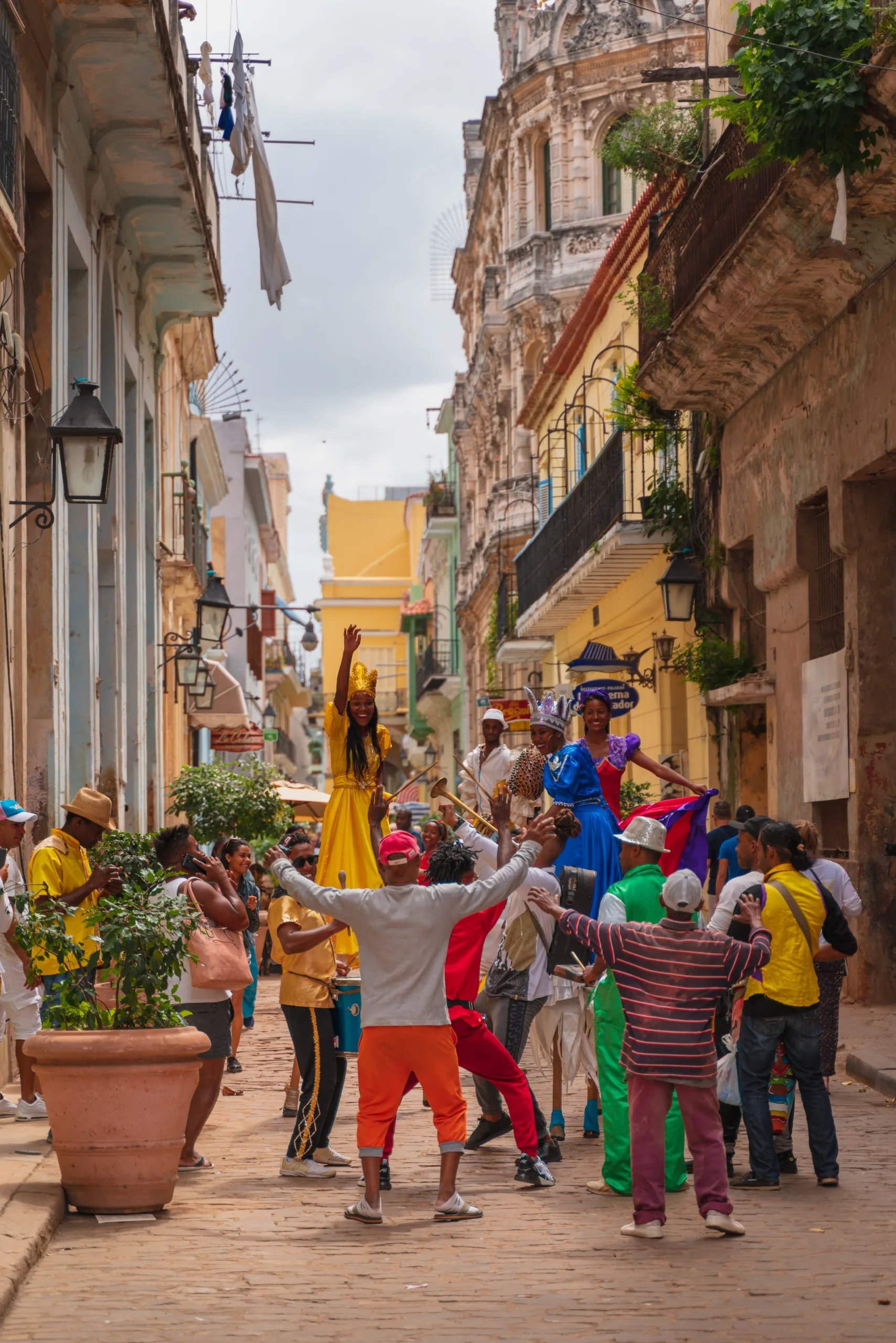Cuban Salsa, with its captivating rhythms, intricate footwork, and vivacious energy, is a reflection of Cuba’s rich cultural tapestry. While many elements have contributed to its evolution, a significant and often under-emphasized influence comes from the traditional Orisha dances. Diving into the relationship between these sacred dances and the vibrant Cuban Salsa illuminates the deeper cultural and spiritual dimensions of this popular dance form.

Roots in African Tradition
The Orishas are deities originating from the Yoruba people of present-day Nigeria. When the transatlantic slave trade brought Africans to Cuba, they carried with them their deep spiritual beliefs, which later syncretized with Catholicism and indigenous traditions to form Santería, a religion practiced by many Cubans today.
Orisha dances are an integral part of Santería rituals, each dance representing a specific deity and telling its story. From the fierce and fiery moves of Chango (god of thunder) to the graceful, flowing movements of Yemayá (goddess of the sea), these dances are more than mere performances; they are prayers in motion.
Influence on Cuban Salsa
- Rhythmic Foundations: Many of the rhythms in Cuban Salsa can be traced back to the bata drums, the sacred three-drum ensemble used in Orisha ceremonies. The complex polyrhythms and interlocking patterns create a compelling foundation upon which Salsa’s infectious beats are built.
- Body Movements: The expressive body isolations and fluid movements in Cuban Salsa owe a lot to Orisha dances. For instance, the undulating shoulders and hips in Salsa can be likened to the movements used to depict the sensuality of Oshun, the goddess of love and rivers in Yoruba mythology.
- Footwork Patterns: While the footwork in Cuban Salsa is distinctive, keen observers can trace elements back to the grounded and earthy steps of Orisha dances, particularly in Rumba, which is a close cousin of Salsa and has been significantly influenced by these sacred dances.
- Emotional Expression: Orisha dances are deeply emotional, a communion of the dancer with the divine. This emotional depth and intensity translate into Cuban Salsa, making it not just a dance of steps, but also of feeling and passion.
- Storytelling: Like Orisha dances, Cuban Salsa is often about storytelling. The playful interactions between the lead and follow, the dramatic pauses, and the exuberant spins can all be seen as a narrative unfolding, much like the tales of the gods told through Orisha dances.
Preservation of Culture and Identity
While Cuban Salsa is now a global phenomenon, for many Cubans, it remains a poignant reminder of their roots and resilience. By integrating elements of Orisha dances, Salsa becomes a bridge to the past, a nod to the ancestors, and a celebration of Cuban identity.
In Conclusion
The intricate relationship between Orisha dances and Cuban Salsa serves as a testament to the enduring spirit of a people who, despite adversities, managed to create a dance form that resonates worldwide. Recognizing and appreciating this connection enriches our understanding of Cuban Salsa, reminding dancers and enthusiasts of the depth, history, and spirituality dancing in every step.
